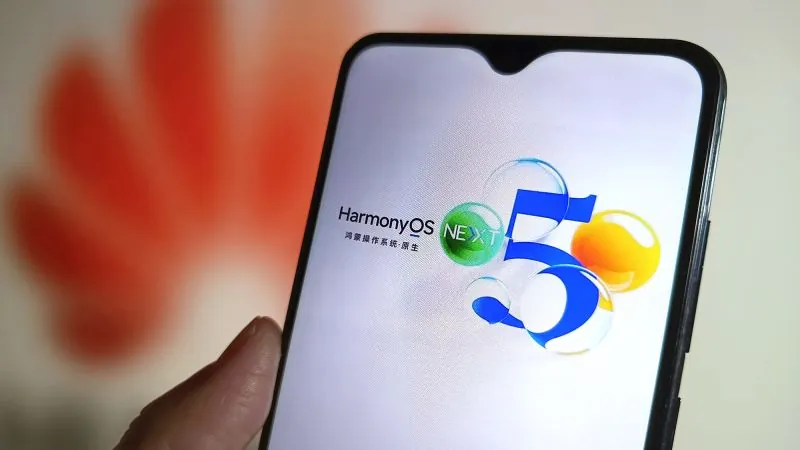
Huawei's Bold Move: The Mate 70 Launch Signals a New Era Away from Android!
2024-11-26
Author: William
Introduction
Huawei is making headlines yet again as it unveils its latest flagship device, the Mate 70, which boldly features exclusively homegrown software, HarmonyOS Next. This strategic move aims to provide consumers with an alternative to the widely popular Android and iOS platforms, especially in light of ongoing trade tensions with the United States.
Pricing and Features
Priced starting at 5,499 yuan (approximately $760), the Mate 70 is equipped with advanced technology developed entirely in-house by Huawei engineers. During the recent launch event, Richard Yu, chairman of Huawei’s consumer business, declared, 'This is our most powerful phone in the Mate series. We have always been copied but never surpassed.' This sentiment reflects Huawei’s desire to reclaim its position as a leader in the smartphone market.
Successor to Mate 60 Series
The Mate 70 is a direct successor to the Mate 60 series, which took the tech world by surprise last year due to its sophisticated chip capabilities despite stringent US sanctions aimed at curtailing China's access to key semiconductor technologies. This surprising success signaled a revival of interest in Huawei's premium offerings, especially as the company prepares to migrate all future devices—including tablets—to its proprietary operating system.
Market Share Growth
According to Canalys, a market research firm, Huawei's market share for phones priced over $600 has surged from 11% in Q3 2022 to an impressive 33% this year, indicating a remarkable comeback. Meanwhile, Apple has seen its share of this high-end market shrink from 72% to 52% during the same timeframe.
History of Challenges
Huawei was once a dominant force, holding the title of the world’s second-largest smartphone maker, but suffered significant setbacks after being placed on a US trade blacklist in 2019. The painful repercussions forced the company to divest its budget mobile brand, Honor, and pivot its strategy substantially.
Shift to HarmonyOS
The introduction of HarmonyOS marks Huawei’s shift away from the Android ecosystem, a process that began with the first version of HarmonyOS in 2019. This early iteration linked with Android-based applications as a temporary solution in response to its entangled relationship with the US tech sector. However, as Huawei invested heavily into developing a truly independent operating system, it garnered support from other major Chinese tech firms, which are now working to create compatible apps.
Building an Application Ecosystem
Eric Xu, Huawei’s former rotating chairman, previously stated, 'When we migrate ... tens of thousands of other apps from the Android ecosystem to HarmonyOS, our HarmonyOS will be truly built and truly become the world’s third mobile operating system.' He emphasized that building a robust application ecosystem is crucial for long-term success.
Future Prospects
As Huawei sets ambitious goals for the HarmonyOS application ecosystem, aiming for 100,000 apps within the next year, experts believe that the Mate 70 series could exceed 10 million shipments over its lifetime. Mengmeng Zhang, a senior analyst at Counterpoint Research, noted that while the Mate 70 will initially struggle to grow the developer community, time and strategic positioning will be key factors in establishing a competitive platform.
Conclusion
With the Mate 70’s launch, Huawei is not just introducing a new smartphone; it's signaling a daring resurgence in the tech landscape that could reshape the dynamics of the global smartphone market. As consumers and developers watch closely, only time will reveal if Huawei can successfully carve out its niche in a space dominated by Western giants.


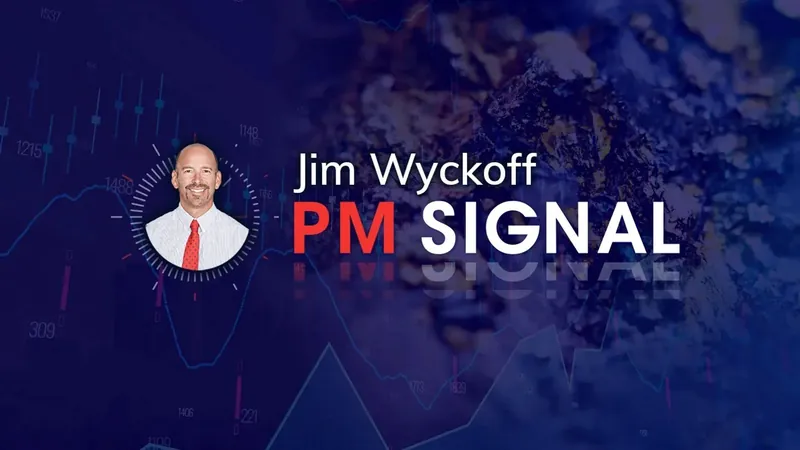
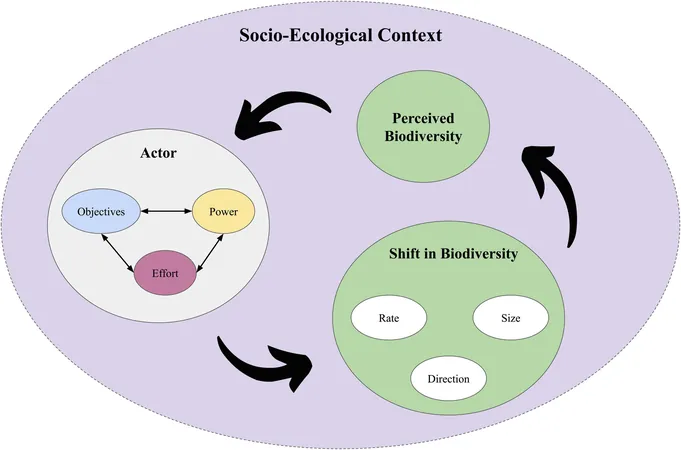

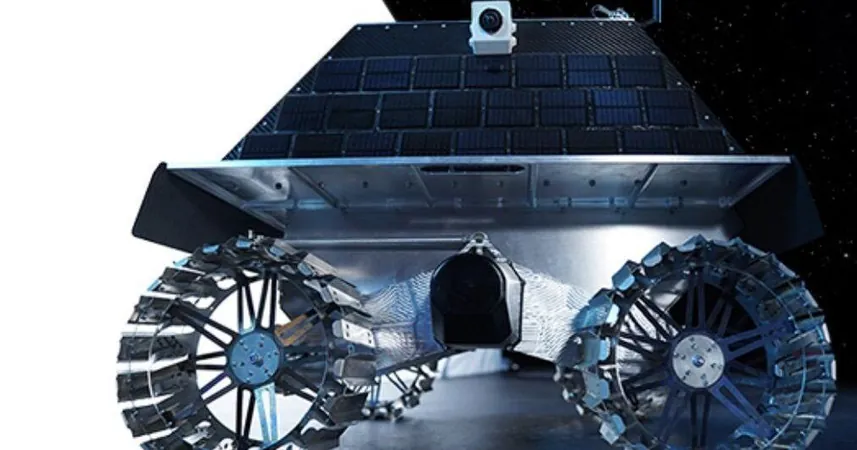
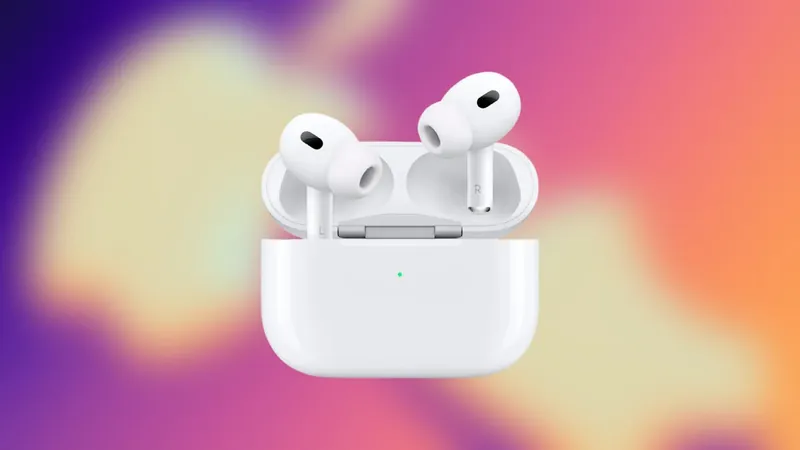
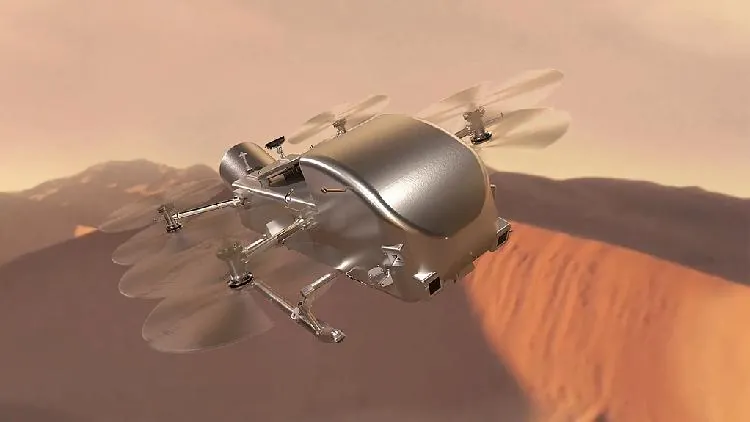

 Brasil (PT)
Brasil (PT)
 Canada (EN)
Canada (EN)
 Chile (ES)
Chile (ES)
 España (ES)
España (ES)
 France (FR)
France (FR)
 Hong Kong (EN)
Hong Kong (EN)
 Italia (IT)
Italia (IT)
 日本 (JA)
日本 (JA)
 Magyarország (HU)
Magyarország (HU)
 Norge (NO)
Norge (NO)
 Polska (PL)
Polska (PL)
 Schweiz (DE)
Schweiz (DE)
 Singapore (EN)
Singapore (EN)
 Sverige (SV)
Sverige (SV)
 Suomi (FI)
Suomi (FI)
 Türkiye (TR)
Türkiye (TR)